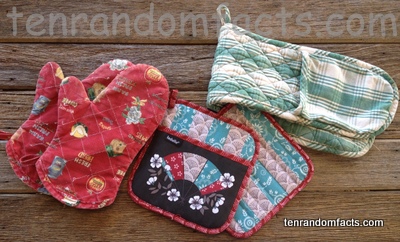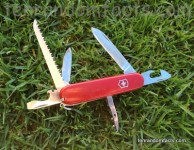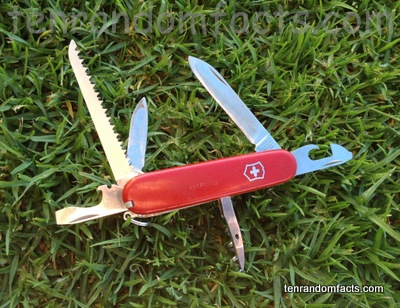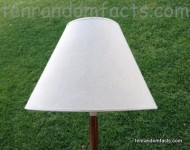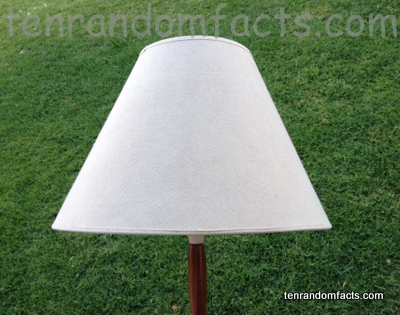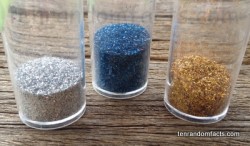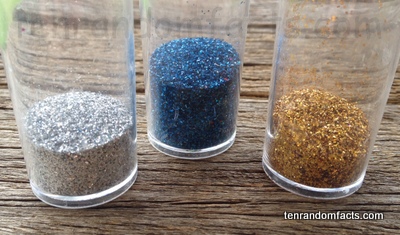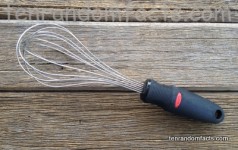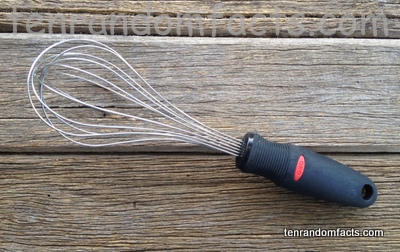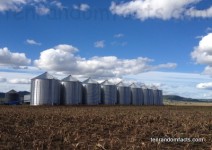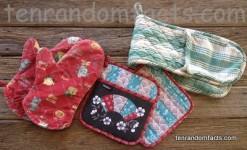
Protect your hands with oven gloves.
- Oven gloves are gloves or mittens used for hand protection when handling hot items, usually in a kitchen, like pots on stoves, bakeware and other items placed in ovens.
- ‘Oven gloves’ are also known as ‘oven mitts’, and a variation of the glove style is a square, that is placed in the palm of one’s hand, and is known as a ‘pot-holder’ or ‘potholder’, and this term is often used for the glove and mitt styles as well.
- Oven gloves are typically made of textiles, such as cotton, or silicone materials, and those made from fabric are usually insulated with heat resistant material.
- Oven gloves are regularly sold individually but sometimes they are sold as pairs, and connected pairs are also available, where there is one long section of fabric that has a pocket at each end for the hands to go into.
- Textile oven gloves are often decorated in colourful patterns and are usually washable in a washing machine, so that any food residue can be removed.
- Oven gloves are often said to be invented in the United States’ Texas, in the 1870s, by the American baker Earl Mitt, that were made of wool and leather.
- Typical household oven gloves generally do not work efficiently if hot items are to be held for lengthy periods, as the heat can transfer to the hand.
- Early patented oven gloves, or potholders, in the 1890s, used paper as an insulating material.
- Depending on the materials they are made from, oven gloves generally only protect hands from heat up to 93°C (200°F) with fabric gloves, 204°C (400°F) with neoprene, and 260°C (500°F) with silicone.
- Some oven gloves are designed with finger sockets, for better grip and hand control, and heavy duty mitts, known as ‘furnace gloves’ are able to withstand much higher temperatures than the typical gloves used.
Bibliography:
The Development of Modern Oven Gloves, n.d, ProCook, http://www.procook.co.uk/news/the-development-of-modern-oven-gloves
How do I Choose the Best Oven Glove?, 2014, WiseGEEK, http://www.wisegeek.com/how-do-i-choose-the-best-oven-glove.htm
Oven glove, 2014, Wikipedia, http://en.wikipedia.org/wiki/Oven_glove
What are Different Types of Oven Gloves?, 2014, WiseGEEK, http://www.wisegeek.com/what-are-different-types-of-oven-mitts.htm




